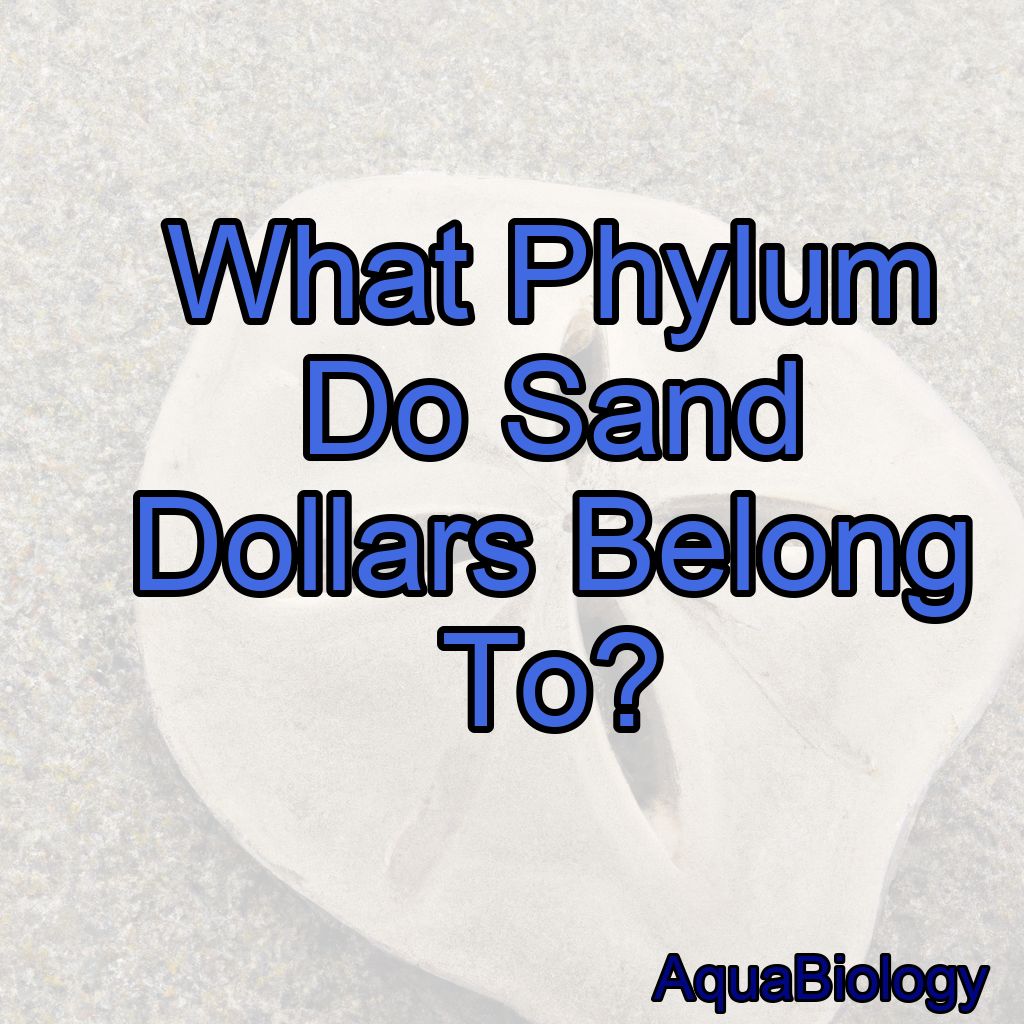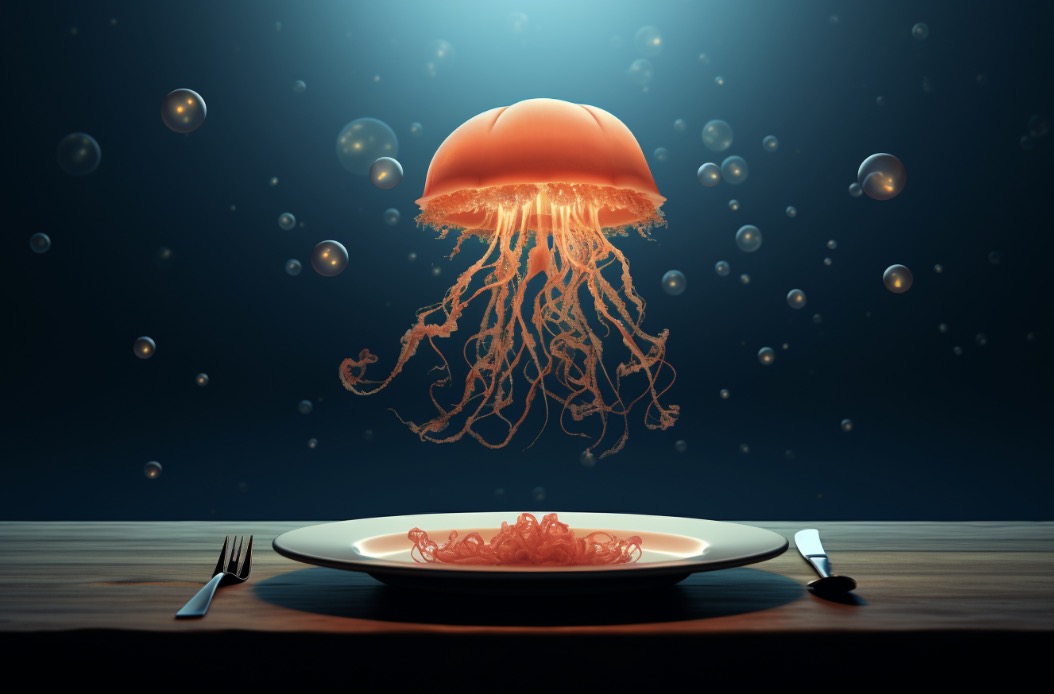As a marine biologist, I have always been fascinated by the diversity of marine life. One of my favorite creatures is the sand dollar.
Echinodermata
These flat, disk-shaped animals are commonly found along sandy shores and in shallow waters. But what phylum do sand dollars belong to?
In this blog post, I will explore the answer to this question and share some interesting facts about sand dollars.
The Basics of Sand Dollars
Before we dive into the phylum of sand dollars, let’s first take a look at some basic information about these creatures. Sand dollars are a type of echinoderm, which means “spiny skin” in Greek.
They are related to sea stars, sea urchins, and sea cucumbers. Sand dollars have a flattened body with a distinctive five-pointed pattern on their upper surface.
They also have a mouth, anus, and specialized tube feet for movement and feeding.
Sand dollars are found in shallow waters from the intertidal zone down to depths of about 200 feet.
They are often found in large groups and feed on tiny particles of food that they sift from the sand using their tube feet.
Sand dollars can reproduce both sexually and asexually, with females releasing eggs and males releasing sperm into the water to fertilize them.
The Phylum of Sand Dollars
So, what phylum do sand dollars belong to? Sand dollars belong to the phylum Echinodermata.
This phylum includes about 7,000 species of marine animals, including sea stars, sea urchins, and sea cucumbers. Echinoderms are characterized by their pentamerous radial symmetry, meaning their body is arranged in five parts around a central axis.
They also have a unique water vascular system that they use for movement and feeding.
Within the phylum Echinodermata, sand dollars belong to the class Echinoidea. This class includes all species of sea urchins and sand dollars.
Echinoidea means “spiny ball” in Greek, referring to the spherical shape of many sea urchins. However, sand dollars have evolved a flattened shape that allows them to burrow in the sand and move along the ocean floor.
Evolution of Sand Dollars

Sand dollars have a long evolutionary history. Fossil evidence suggests that the first echinoderms appeared in the Cambrian period, over 500 million years ago.
The earliest echinoderms were likely simple, worm-like creatures without the distinctive radial symmetry we see in modern echinoderms.
Over time, echinoderms evolved a more complex body plan and diversified into the many different species we see today. Sand dollars likely evolved from an ancestor similar to modern sea urchins, but with a flattened body that allowed them to move along the ocean floor.
Interesting Facts About Sand Dollars
Now that we know what phylum sand dollars belong to and a little about their evolutionary history, let’s take a look at some interesting facts about these creatures.
1. Sand dollars are often found washed up on beaches, but they are actually alive when in the water. They only die after being stranded on land.
2. Sand dollars have no eyes, ears, or brain, but they can sense light and touch using specialized cells.
3. The five-pointed pattern on the upper surface of a sand dollar is called a petaloid ambulacrum. This is where the animal’s tube feet are located.
4. Sand dollars are important filter feeders that help to keep the ocean floor clean. They can ingest up to 500 tiny food particles per hour.
5. Sand dollars have a unique defense mechanism. When threatened, they can release tiny, sticky spines that can entangle predators and prevent them from attacking.
Conclusion
So, what phylum do sand dollars belong to?
Sand dollars belong to the phylum Echinodermata and the class Echinoidea.
These fascinating creatures have a long evolutionary history and play an important role in marine ecosystems.
I hope this blog post has helped you learn more about sand dollars and appreciate their unique adaptations.
FAQs
What phylum is starfish and sand dollar?
Starfish and sand dollars belong to the phylum Echinodermata.
What is the phylum of a starfish?
The phylum of a starfish is Echinodermata.
What is the sub class of a starfish?
The subclass of a starfish is Asteroidea.
What group are sand dollars?
Sand dollars are a type of echinoderm, specifically a type of flattened sea urchin.
What phylum is a sand dollar?
Sand dollars belong to the phylum Echinodermata.
Is a sand dollar a mollusk? Yes, a sand dollar is a type of echinoderm that belongs to the class Echinoidea and is related to sea urchins and starfish.
It is not a mollusk.




